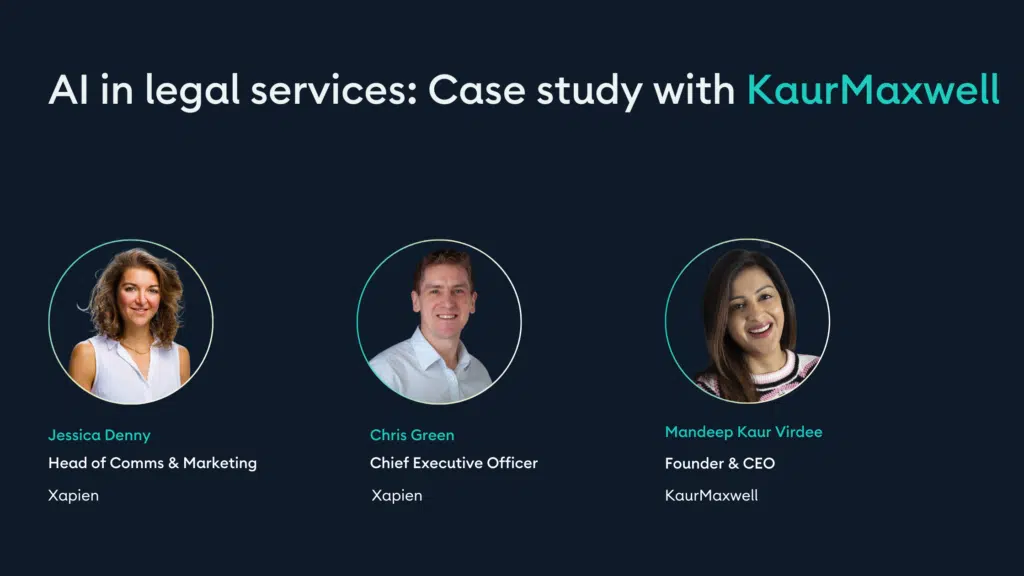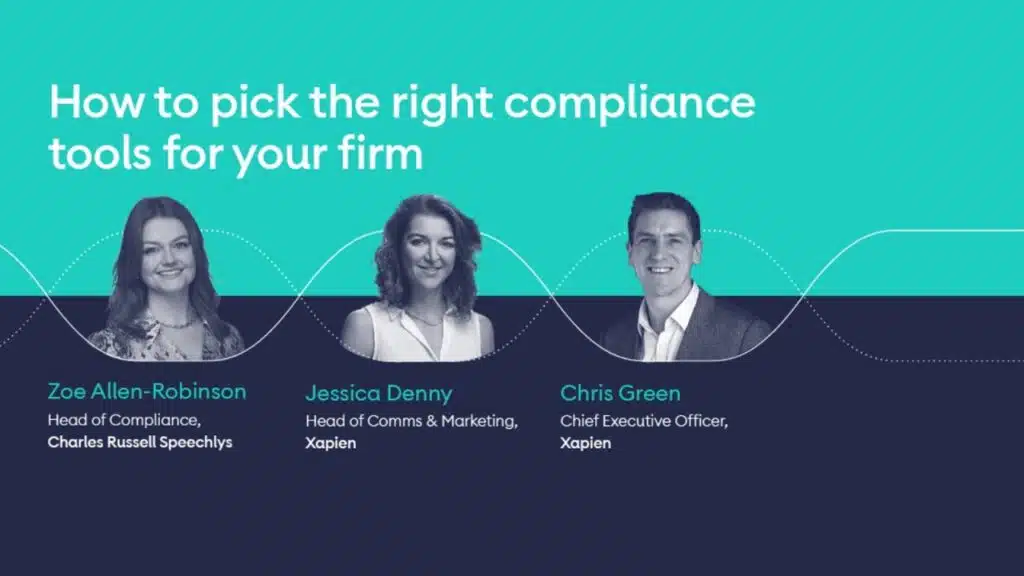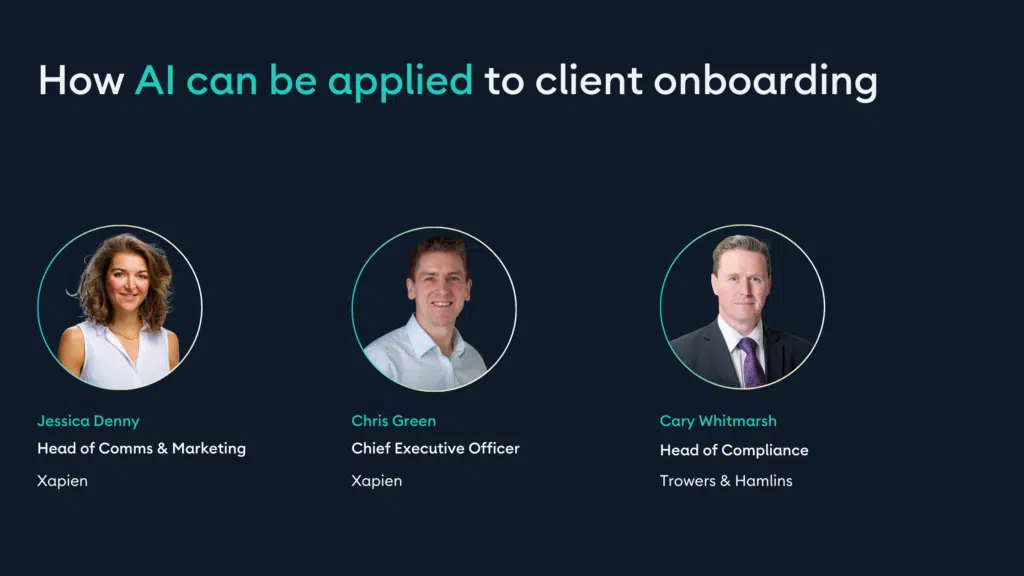AI in legal services—a case study with KaurMaxwell
One year after OpenAI’s launch of ChatGPT, legal innovators KaurMaxwell will share their insights in a live case study on how they’ve begun experimenting with AI in their practice and practice management. Founder and CEO, Mandeep Kaur Virdee, and our Head of Legal Professionals, Nick Morgan, will share examples of generative AI technologies applied to legal services from due diligence to litigation, its successes and failures, and what’s next for generative AI in legal services.
Read MoreHow to pick the right compliance tools for your firm
Zoe-Allen Robinson from Charles Russell Speechlys explains why onboarding a new client hinges on having the full picture. While they might pass as low-risk today, that profile could change in the future. Having the right technology tools from the start is key to getting a comprehensive view of their background, activities, and reputation. Lawyers also have to cut through lots of information, but AI can help by drawing out connections that they might miss. When adopting an AI tool, though, it’s crucial to understand where it collects information from, how it collects that information, and the sources of that information. Keep watching for more on adopting AI in your workflows.
Read MoreWebinar: How AI can be applied to client onboarding
The public and regulatory mood has shifted. Law firms no longer ask “can we do business?” with a client but “should we?” This is a complex and nuanced question that existing tools and processes are ill-equipped to answer. So, what role can AI play here? Or more precisely, what role should it play? The general consensus is AI technology has its role to play. But law firms need to be confident in, and understand, the capabilities of the systems they use to support their compliance activities. Where the technology really shows its value is in its ability to do the heavy lifting by providing large amounts of data about individuals or companies. Having access to open-source information to support decision-making is highly beneficial. Thinking about it in the context of anti-money laundering (AML), that’s one thing. But as we discuss in this session, compliance is expanding it into the wider ESG sphere and AI technology can help.
Read MoreKaurMaxwell
KaurMaxwell needed a research tool to strengthen its KYC checks. While its lawyers already conducted PEPs and sanction checks, these sources are limited in scope. Given the fragmented nature of data, its lawyers had to navigate between various sources, which was time-consuming and inefficient. To thoroughly understand a client’s background, they required a tool that could perform due diligence through a broader risk lens, incorporating AML screening data, corporate records, and open-source information.
Read More


